Varoon Supratya
@varoon-supratya.bsky.social
290 followers
430 following
25 posts
PhD candidate studying bull kelp ecophysiology at the University of British Columbia
Posts
Media
Videos
Starter Packs
Reposted by Varoon Supratya
Reposted by Varoon Supratya
Reposted by Varoon Supratya
Reposted by Varoon Supratya
Reposted by Varoon Supratya
Reposted by Varoon Supratya
Reposted by Varoon Supratya
Reposted by Varoon Supratya
Reposted by Varoon Supratya
Reposted by Varoon Supratya
Reposted by Varoon Supratya





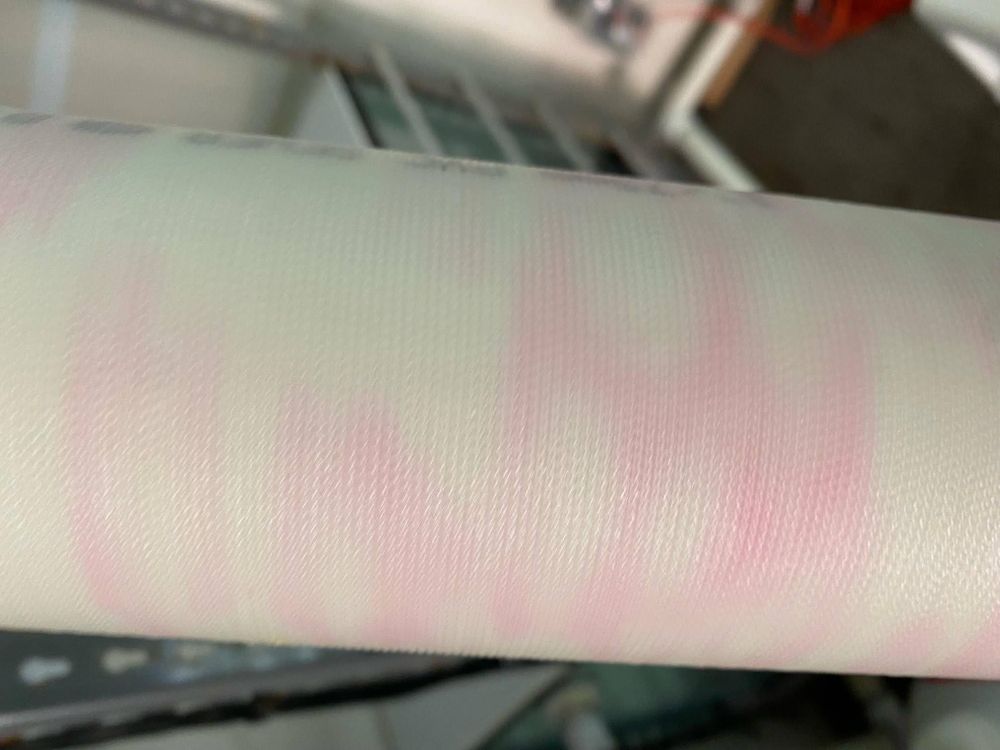



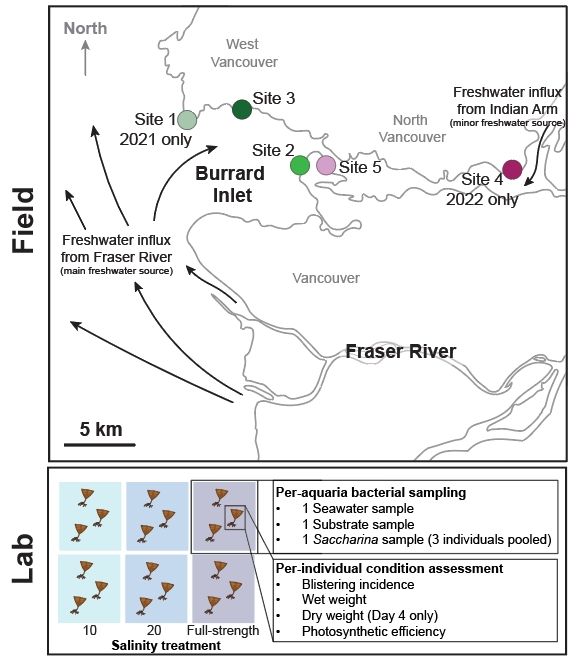
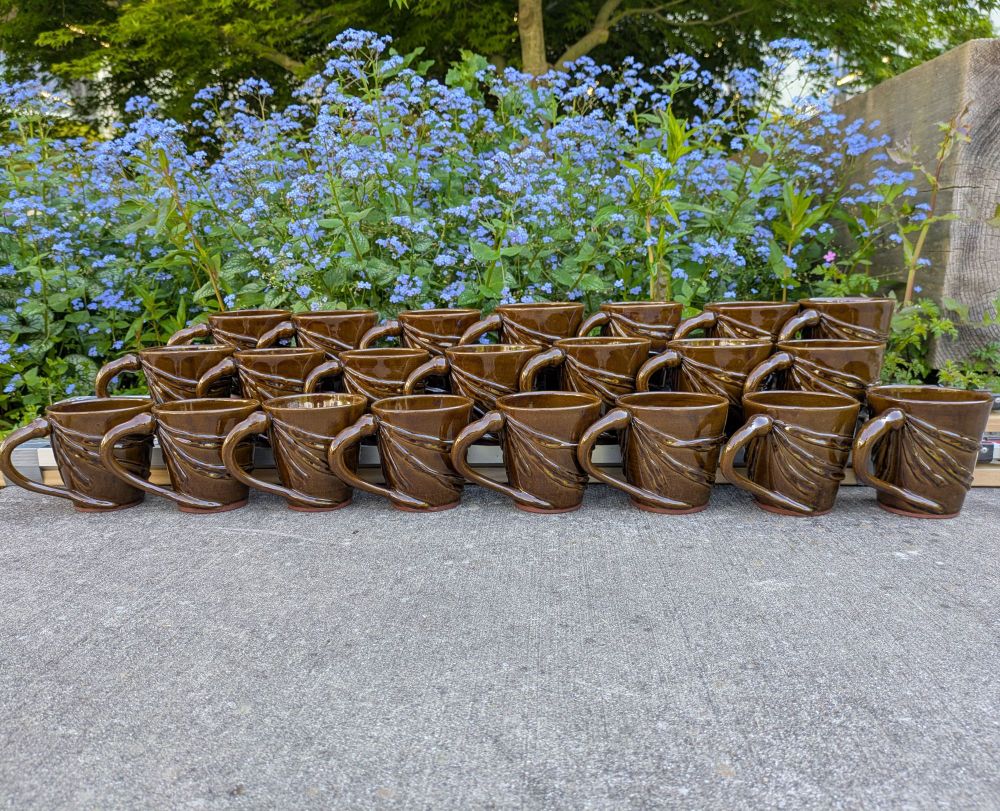




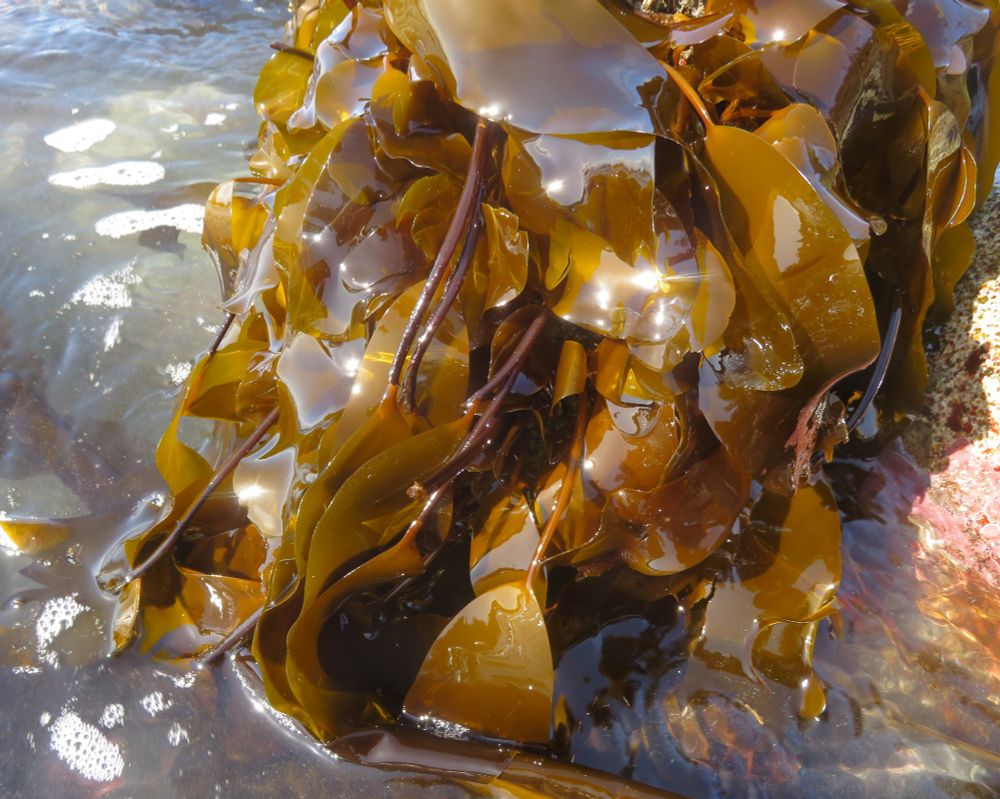

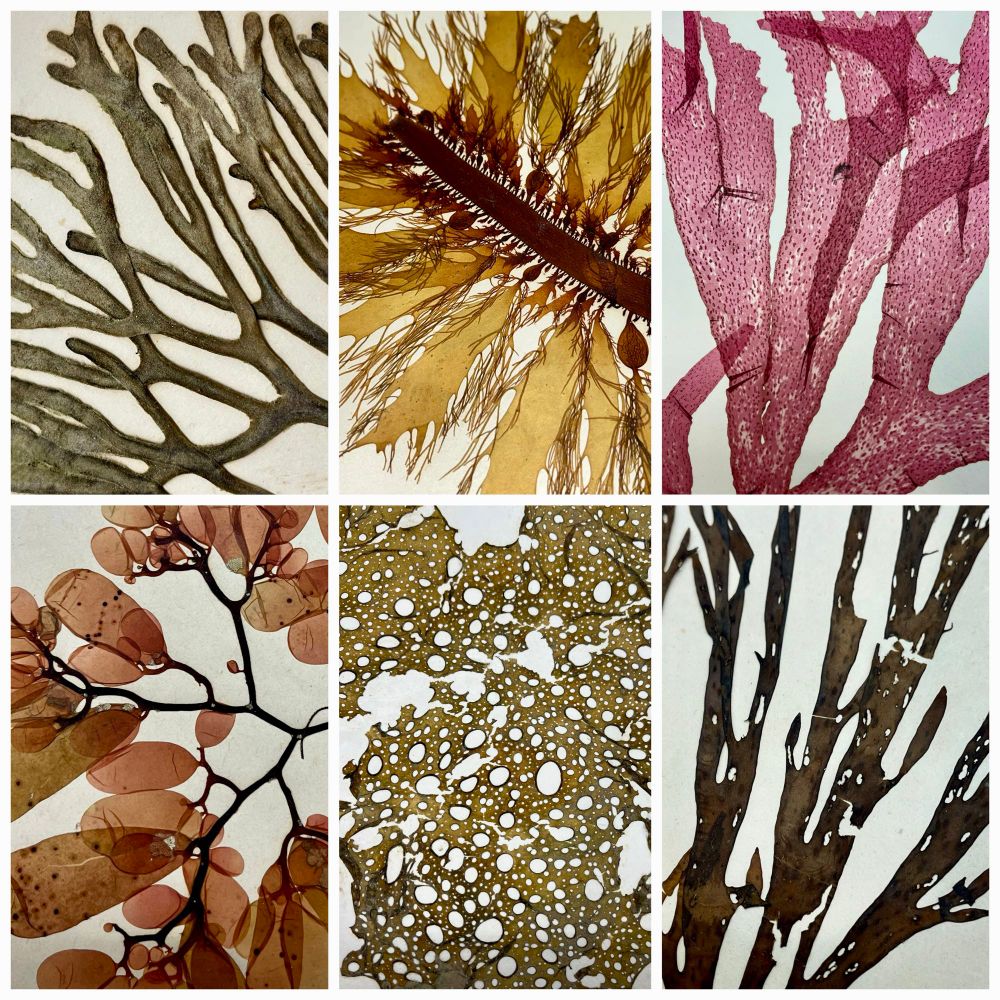



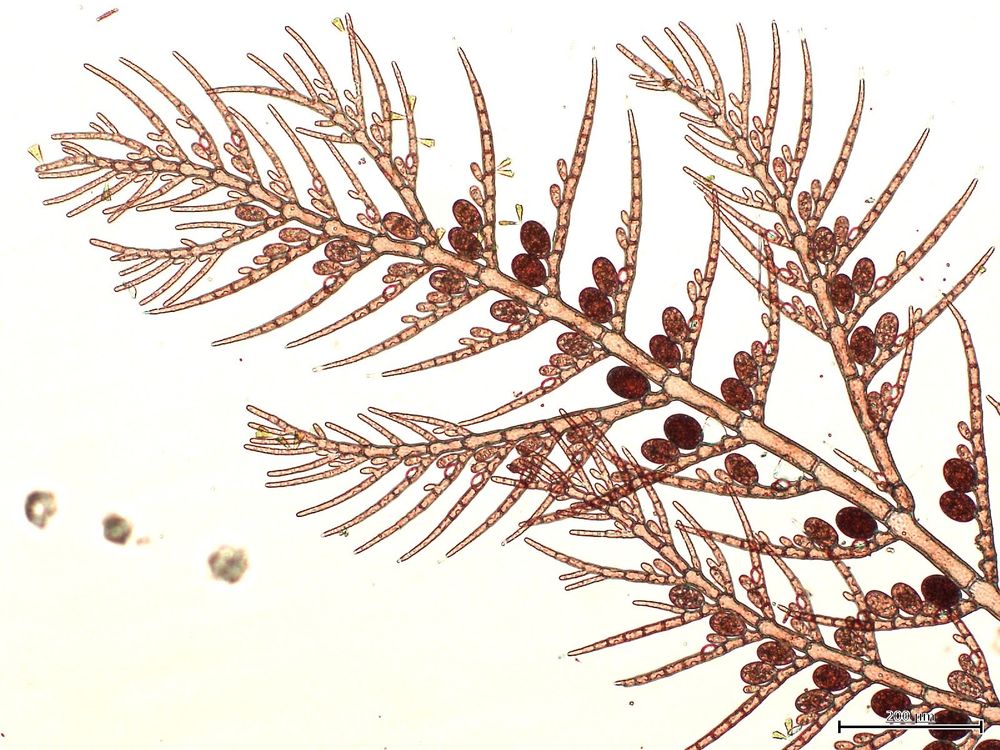



![Giant kelp. In particular, kelp forests are declining in many parts of the northeast Pacific, practically right off my doorstep where we live close to Puget Sound [Salish Sea]. "Bemmels et al. sequenced the genomes of 429 bull kelp (Nereocystis luetkeana) and 211 giant kelp (Macrocystis sp.) from the coastlines of British Columbia and Washington." They found 'low effective population size was associated with low genetic diversity and high inbreeding coefficients (including increased selfing rates), with extreme variation in these genetic health indices among bull kelp populations but more moderate variation in giant kelp.' They found fewer deleterious variants than predicted, but suspect their loss was more likely due to genetic drift rather than purging. "The researchers predict (1) reduced within-population inbreeding depression in small populations, which may be associated with an observed shift toward increased selfing rate, and (2) hybrid vigor in crosses between small populations." These findings inform several possible strategies for optimal sourcing and crossing of populations for restoration + aquaculture. Kelp have keystone ecosystem functions, but also represent a potential source of both biofuel + agricultural amendments.](https://cdn.bsky.app/img/feed_thumbnail/plain/did:plc:nnq2reoe4aaiyhhtsofqmdrz/bafkreift22uv6kwx357gnfrilfy3m3m24a4wjs4lake4kqj6mys5ow4zm4@jpeg)